The advent of Kantai Collection brought many common keyword profiles to the game. Kantai was an interesting set where instead of having a specific set theme or various character relationship decks, Kantai was fully open to the player to decide how they would build their decks. Kantai’s cards were all unified together under the same trait of Ship Girl (艦娘).

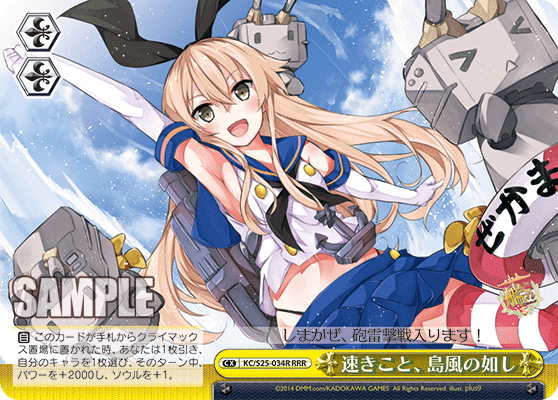
Similar to Nisekoi (link is attached to the article), Kantai was one of the first sets to have a free costless advantage combo. The climax was a 2k1, but it worked directly to improve the power of a single Shimakaze up to 7000 without boosts. Keep in mind that power levels back at the time of Kantai’s release (2014) were much lower. Kantai also had ways to push itself to level 1 faster to ensure the set had easier reverse opponents.
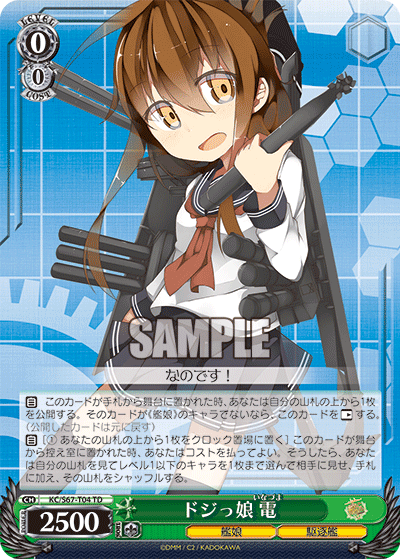

Kantai was host to a number of very good early game profiles, many of its filters with the infamous card on the right being the namesake of one said profile. Several pieces combined together to let the deck cycle endlessly and grab whatever tools it needed based on the matchup or situation.
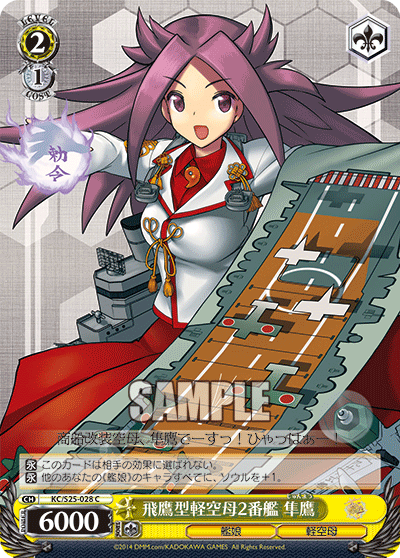
Kantai also had access to the above card, a card that gave every single card in the set an extra soul. Furthermore, Jun’yo carries hexproof, meaning with two of them on the field in the back, your entire front row would be base three soul without considering boosts. Jun’yo had the ability to turn even level 0s into dangerous two soul beaters. Of course, Jun’yo was banned early on, but for the brief moments the card was seen in play, games could end real fast and real quick.
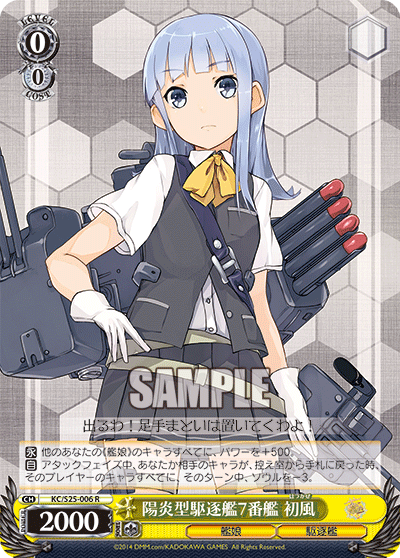
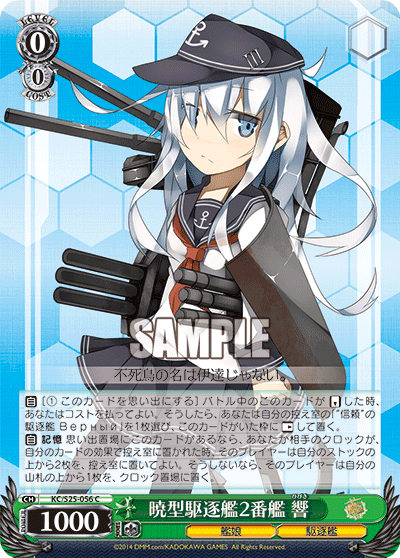
Furthermore, to add more pressure all around, the two above cards locked down the opponent from healing and salvaging. Your opponent could choose to ignore Hatsukaze’s anti-salvage effect but at the cost of dealing no damage for the turn, which is a dreadful turn for any player in Weiss Schwarz.
Given that at the time of Kantai’s release, many decks opted for eight gate trigger salvage if possible with a healing top end, Kantai was extremely punishing and forced players to make alternative plays. Even now, the duo above could be considered quite obnoxious in many ways. Verniy was a boon which forced your opponent to either fulfil its memory condition and provide a more powerful change target on the field, or to give the player a free field target the following turn.
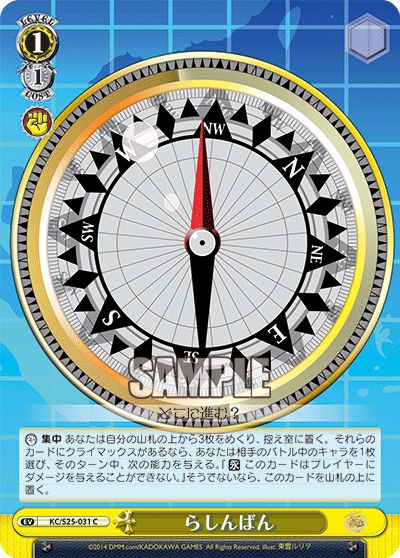
Coupled with the event above, one of the earliest anti-damage counters that could be played, Kantai had the ability to protect itself from lethal damage or at least push the deck closer to a potential cancel otherwise.
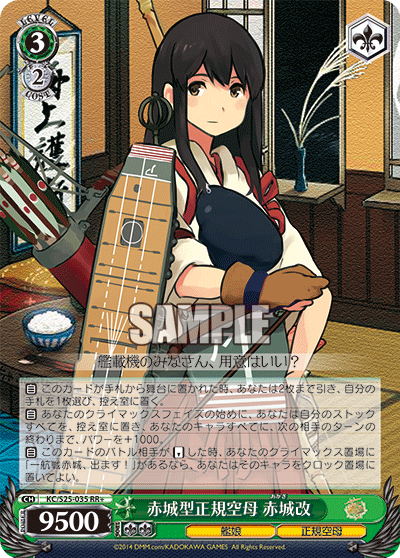
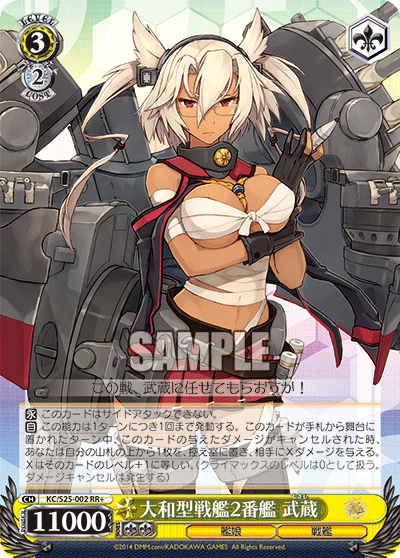

KC/S25-002RR+ 大和型戦艦2番艦 武蔵 (center)
KC/S25-T07TD 一航戦赤城、出ます!(right)
To top it off, the Akagi above was a very competent finisher at the time to compliment the already powerful deck as is. If your opponent was at the brink of death, Akagi was a costless finisher that got the job done with her reverse clock kick. Burning your stock did not matter since the goal was to have three Akagis on field established to kick your opponent’s cards to clock. Furthermore, Musashi was a rare secondary finisher which had a finishing ability without an extra cost.
Similar to Nisekoi, Kantai was another defining set that paved way to the modern deck building structure. With all its filters and utility that even modern decks might be jealous of, the set was a fearsome beast in its prime, making every other set quake that was reliant on the older game strategy of heal stalling and abusing salvage triggers.